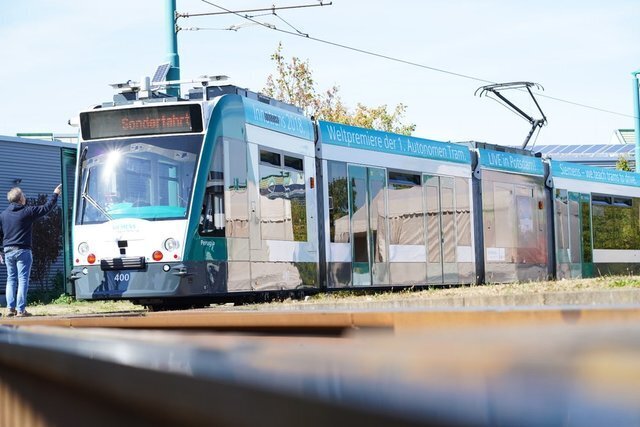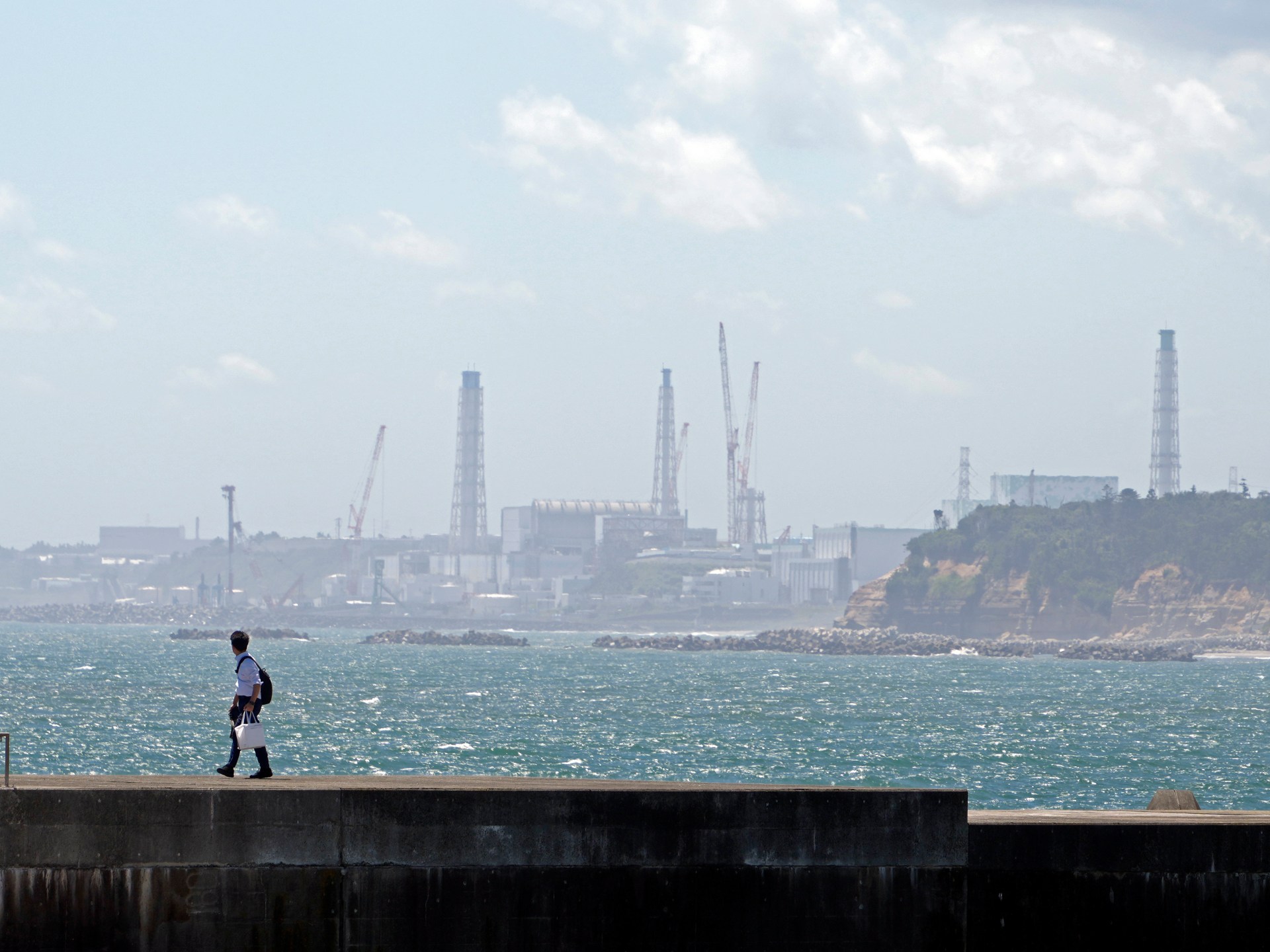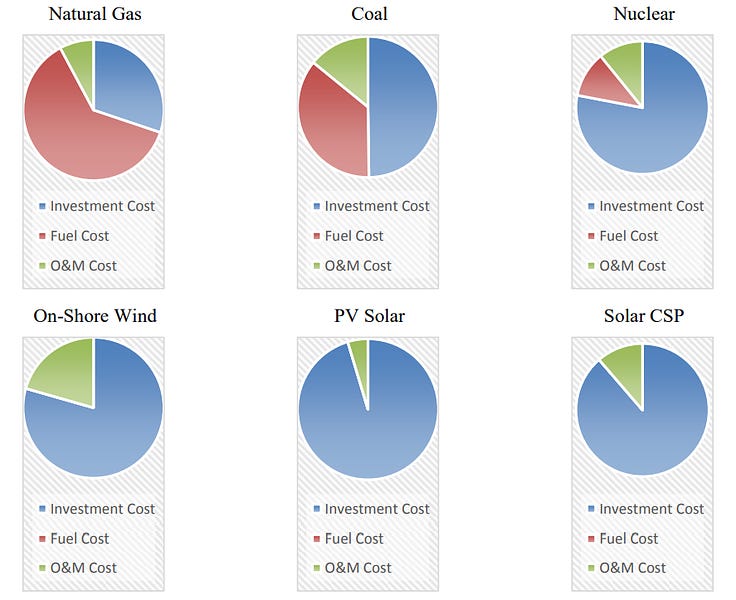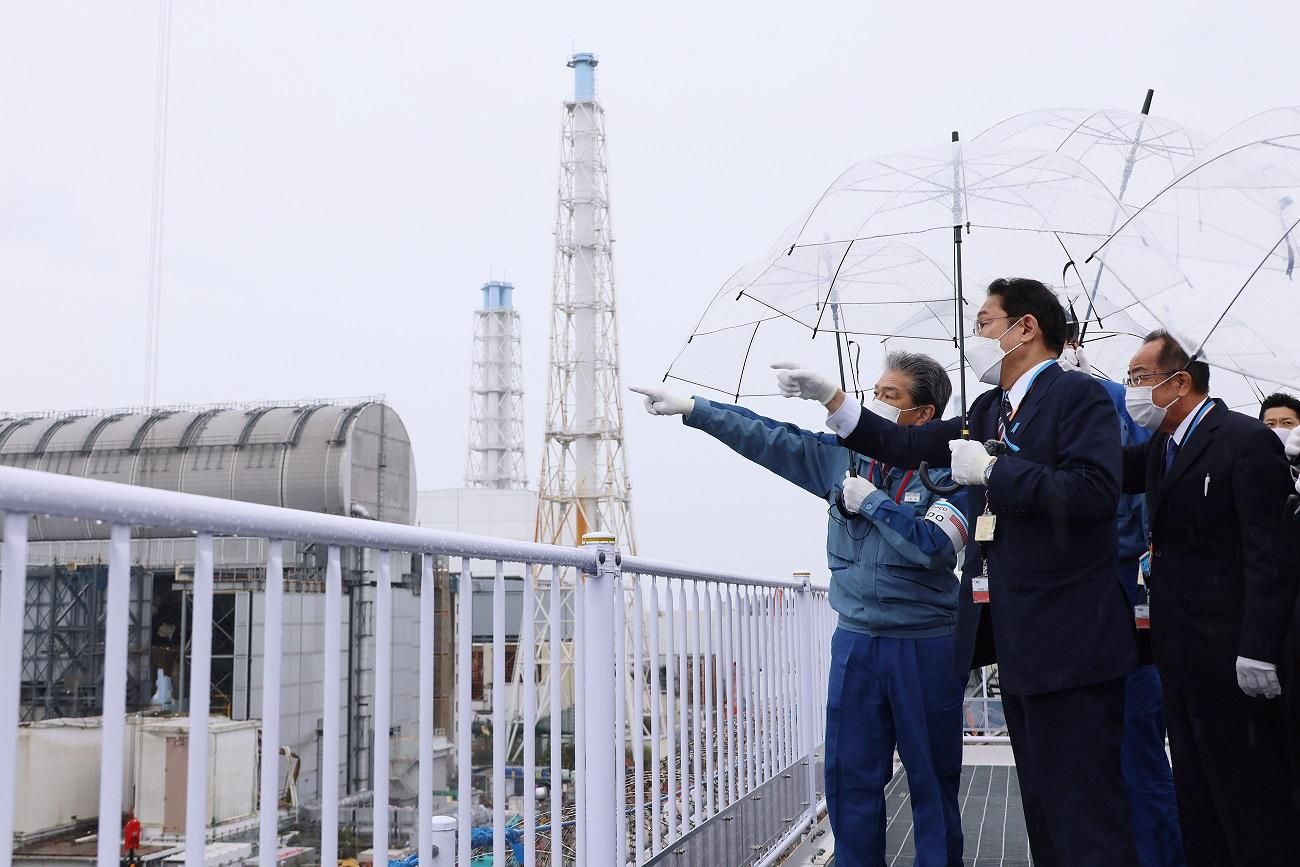Why are nuclear power construction costs so high? "In the 1980s several nuclear power plants in Washington were canceled after the estimated construction costs increased from $4.1 billion to over $24 billion (resulting in a $2 billion bond default from the utility provider.) More recently, two reactors in Georgia (the only current nuclear reactors under construction in the US) are projected to cost twice their initial estimates, and two reactors in South Carolina were canceled after costs rose from $9.8 billion to $25 billion."
The article compares nuclear power to other sources of power, goes through nuclear plant basics, and outlines the cost.
But to zero in on the original question, why do the nuclear power construction costs go up so dramatically, the main answer, revealed bit by bit in great detail, is that the time it has taken to build the plants has increased, and this increased a variety of costs but the regulatory risk is where the increases primarily come from. 'Estimated time to build plants increased from just over 5 years in the late 60s to 12 years in 1980.' This increases various costs such as financing and labor. But the biggest problem is that over that span of time, the actual regulations that the plant must be built to change.
When regulations change, that forces a change to the design -- while the plant is under construction. This requires existing work to be removed or new work to be done, possibly in difficult conditions. "If a pipe needs to run through a beam, it's easy to design the beam to accommodate that ahead of time. But if it's a last-minute change, and the beam has already been fabricated, you might have to field cut a hole, or add reinforcing. Or maybe the beam can't accommodate the hole at all, and you need to redesign the entire piping system. And while this expensive redesign is happening, everyone else might need to stop their work."
A nuclear plant can employ 5,000 construction workers, but the real expense isn't even the actual construction workers, it's the expensive technical professionals and managerial staff that are necessary to meet the new regulatory requirements.
Why are nuclear power construction costs so high? Part I
#energy #nuclearenergy #construction








